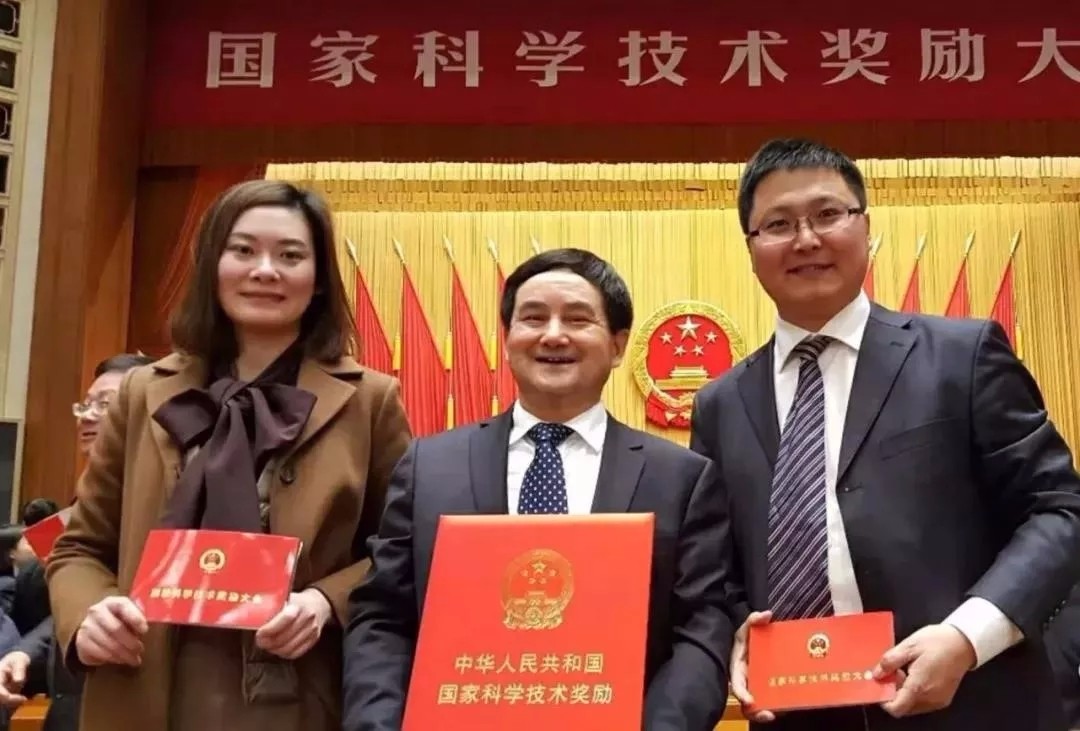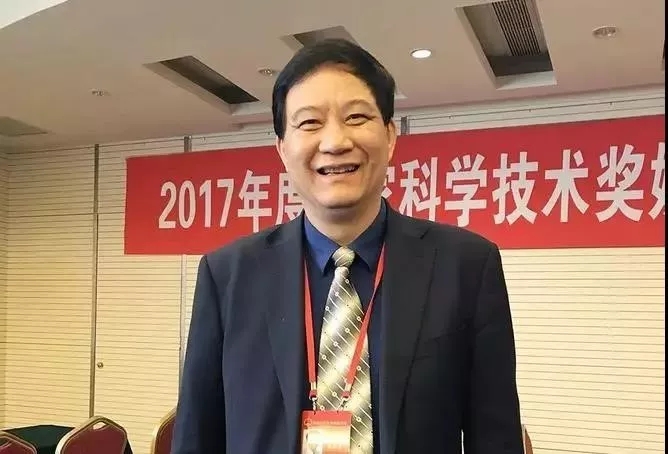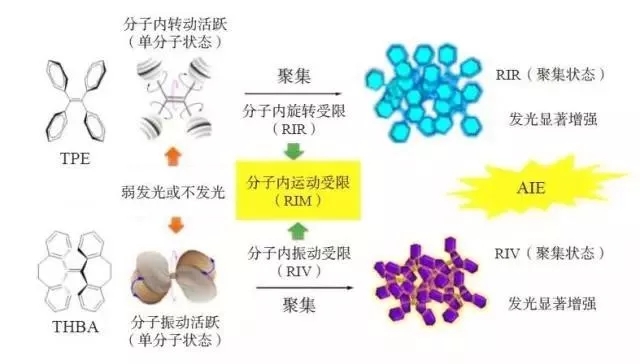2017 National Science and Technology Awards Announced: LED Smart Plant Factory Technology Helps "China Power"
On the morning of January 8, the National Science and Technology Awards Conference was held in Beijing. At the conference, the scientific research personnel who won the National Science and Technology Award, the National Natural Science Award, the National Technology Invention Award, the National Science and Technology Progress Award and the International Science and Technology Cooperation Award received the award.

After three levels of judging by the disciplinary professional review team, the judging committee and the award committee, the 2017 National Science and Technology Awards selected 271 projects and 9 scientific and technical experts. Among them, there are 2 national highest science and technology awards; 35 national natural science awards, including 2 first prizes and 33 second prizes; and 66 national technical invention awards, including 4 first prizes and 62 second prizes; There are 170 national science and technology progress awards, including 3 special prizes, 21 first prizes (including 3 innovative teams) and 146 second prizes; and 7 foreign scientific and technological experts awarded the International Science and Technology Cooperation Award of the People's Republic of China.
Among them, there are two awards related to LEDs. The projects completed by Yang Qichang and Wei Lingling and other teams - "Key Technology and System Integration of High Light Efficiency Low Energy LED Intelligent Plant Factory" won the second prize of National Science and Technology Progress Award. In addition, the “Aggregate Induced Luminescence†project led by Academician Tang Benzhong won the first prize of the 2017 National Natural Science Award.
High-efficiency, low-energy LED intelligent plant factory key technology and system integration

It is understood that the key technologies that the project has broken through include:
Based on the response characteristics of plant photosynthesis to different spectra, the concept of plant “light formula†was first proposed, and the light formula optimization parameters of typical crops at different growth stages were constructed. Created a light-based red light (660nm) and blue light (450nm) chip combination, blue chip and phosphor excited multi-spectral combination (R/G/B/FR) LED energy-saving light source; developed based on plant development characteristics Mobile LED light source and its light environment control technology significantly reduce the energy consumption of the light source. Compared with fluorescent lamps, the energy saving rate is over 62%.
At the same time, the light-temperature coupling energy-saving temperature regulation method of plant factory was proposed for the first time, and the energy-saving regulation technology based on the coordinated adjustment of outdoor cold source and air conditioner was invented. Based on the fact that outdoor outdoor air contains cold source and high energy consumption during light period air conditioning, the “light-temperature coupled energy-saving thermostat†method, which puts the light period at night and introduces outdoor natural cold source cooling, is proposed for the first time. The energy-saving environmental control technology and equipment of the plant factory, which is coordinated with the air conditioner and the air conditioner, significantly reduces the energy consumption of the air conditioner. Compared with the traditional air conditioner cooling, the energy saving rate is 24.6-63.0%.
Invented the synergistic treatment technology of UV-nano-TiO2 nutrient solution and the method of improving the quality of vegetables by short-term continuous illumination before harvesting, and developed a technology for improving the quality of vegetables based on coordinated light-nutrition regulation. Invented the technical method of UV-nano-TiO2 synergistic treatment of self-toxic substances in nutrient solution, and proposed the new technology of short-term continuous illumination to control vegetable quality before harvesting, and proved the optimization parameters and regulation strategies of light environment to improve vegetable quality, and reduced nitric acid in leafy vegetables. The salt content is over 30%, and the Vc and soluble sugar content are significantly increased.
Developed an environment-enhanced multi-factor synergy technology for plant plant efficacy, energy efficiency and nutritional quality, and integrated three series of intelligent LED plant factory products. The logic control strategy and algorithm based on multi-factor coordinated control such as light formula, light-temperature coupling and nutritional quality improvement were proved, and the intelligent control technology of plant factory based on Internet of Things was developed to realize the temperature, humidity and illumination of plant factories. Online detection, remote access, program update and networked intelligent control of CO2 concentration and nutrient solution EC, pH, DO and other factors. The integration created three series of intelligent LED plant factory complete sets of technical products: mass production, mobile, home micro-plant factory.
Voice-over: At present, China's plant lighting factory is developing very fast. Compared with countries and regions with long-term research and production practices such as Japan, Chinese Taipei, the United States, and the Netherlands, China is a rising star. Do related research, and in terms of the quality and breadth of plant growth, China is far superior to other countries. Nowadays, “Key Technology and System Integration of High Light Efficiency Low Energy LED Intelligent Plant Factory†won the second prize of National Science and Technology Progress Award, or promoted China LED plant lighting technology to a new height.
Aggregation induced luminescence

Tang Benzhong
The aggregation-induced emission (AIE) project prepared a series of AIE molecular systems, perfected and enriched the theory of AIE, and developed high-tech applications of AIE molecules. Through reasonable molecular design, a variety of blue light and deep blue AIE molecules with good performance are obtained, which provides an effective way for the design of high-efficiency blue light molecules; realizes quantitative detection of CO2 "lighting type" and aluminum Trace detection of metal ions such as ions; achieves specific detection of glucose and growth monitoring of specific cell lines.

Discovery and mechanism of aggregation induced luminescence
The most significant advantage of AIE materials is their efficient illumination in the aggregated state. According to Tang Benzhong, the "aggregation-induced luminescence" material also reverses the traditional organic luminescent material annihilation (ACQ) from the principle level, that is, the material is luminescent from a single molecule, but the brightness is weakened or not illuminated after polymerization. The problem is that a single molecule does not illuminate, but illuminates after polymerization.
Tang Benzhong said that in addition to making a foldable mobile phone screen, the "aggregation-induced illuminating" technology can play a role in various aspects such as X-ray and CT in the basic medical diagnosis and treatment of cancer. The prospects are broad and promising.
According to the data, after 16 years of development, AIE materials have been used in many fields of luminescent materials, such as smart materials, tunable refraction, which are specific responses and reversible sensing for stimuli (pH, temperature, solvent, pressure, etc.). Rate of liquid crystal or polarized light materials, high efficiency OLED display and illumination materials, optical waveguide materials, selective biochemical sensing materials, trace recognition materials, and organelles, viruses or bacteria, angiographic materials, etc. in biological systems. Among them, the application of AIE fluorescent probes in the fields of organelle-specific imaging and long-term tracking is highly anticipated.
Voice-over: At present, more than 1,100 units of scientists in more than 60 countries and regions in the world are engaged in AIE-related research. The number of papers and citations published in the AIE field increased exponentially. In 2017 alone, there were more than 1,200 papers and more than 36,000 citations. A number of AIE special issues have been published at home and abroad and AIE conferences have been held many times. AIE has been included in the experimental teaching of undergraduates at home and abroad.
The “Aggregate Induced Luminescence†project won the first prize of the 2017 National Natural Science Award, which will promote AIE into a Chinese scientist brand. I believe that more innovative achievements will emerge in the future, and the more it will gather, the more luminous.

10.1 Inch Laptop,win10 Laptops,win11 Laptops
Jingjiang Gisen Technology Co.,Ltd , https://www.jsgisengroup.com